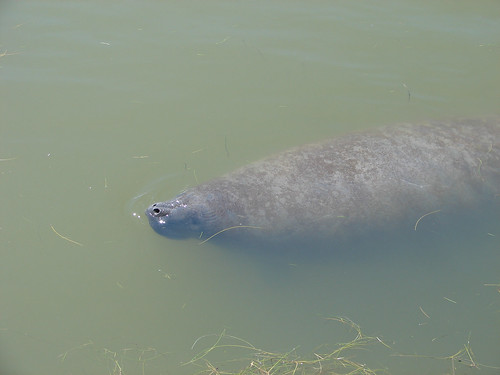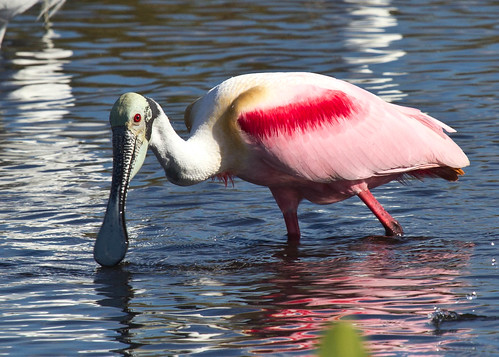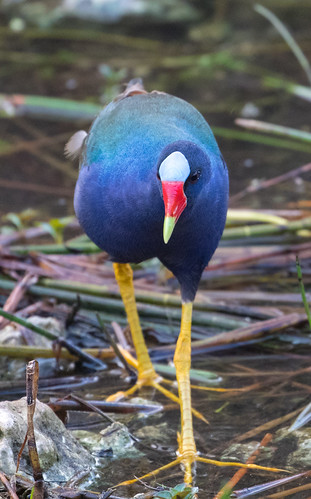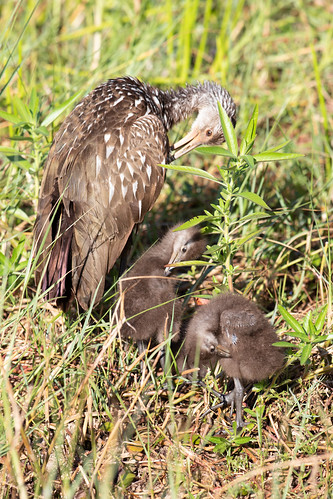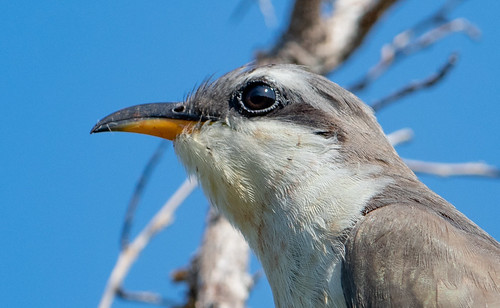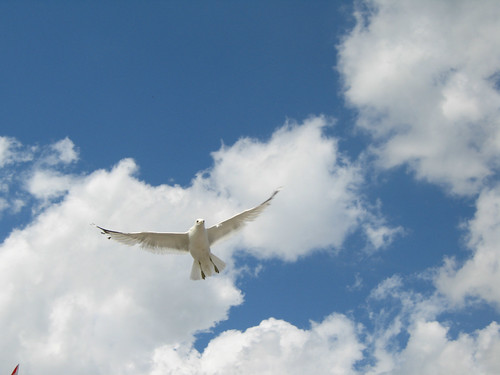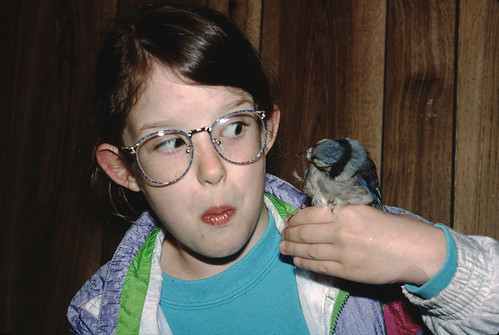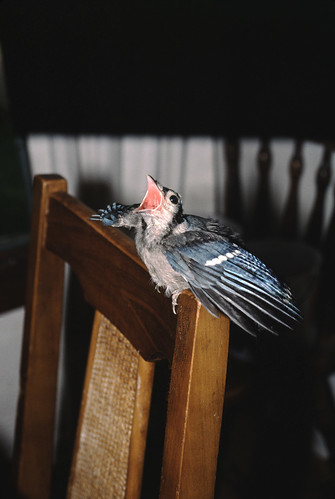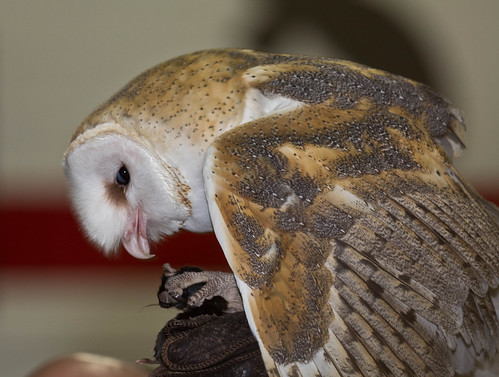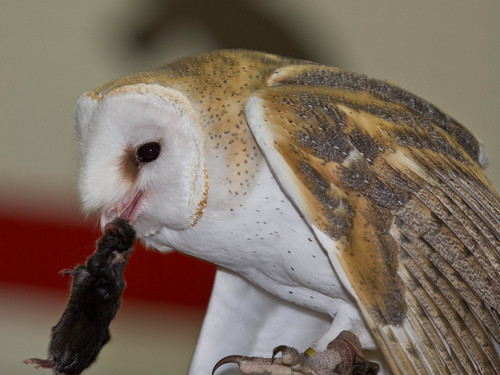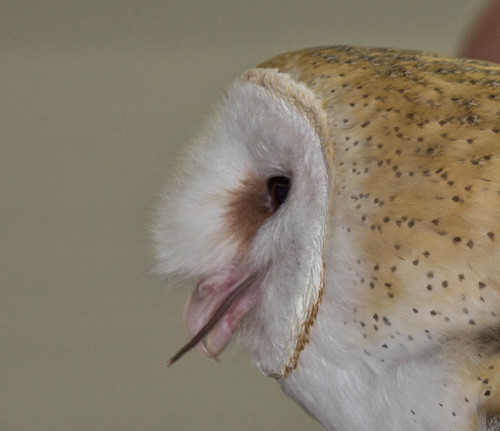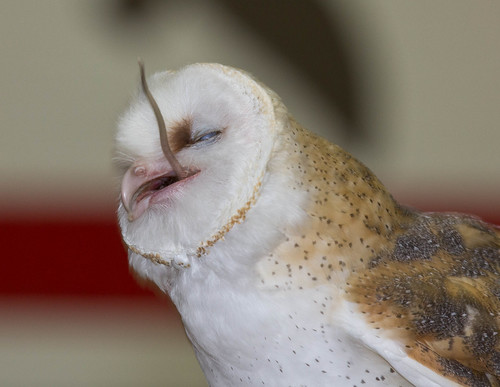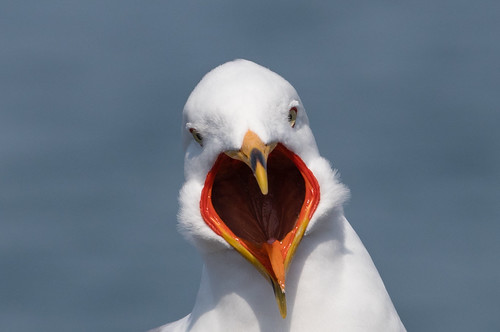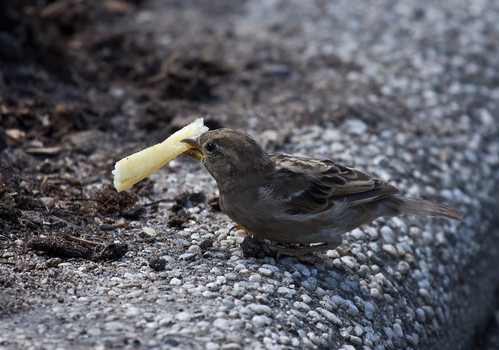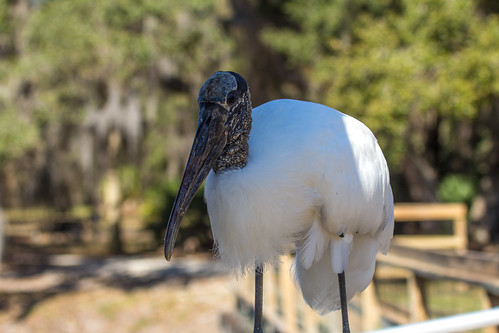According to a recent survey (n=1), this is the greatest field guide of all time.
Sunday, March 28, 2021
Tuesday, March 23, 2021
Florida: The Good, the Bad, and the Ugly, Part 2
 |
| Manatees at Sea World in Orlando, 2005 |
One of my favorite mammals on the planet is the manatee. Some of my best photos are of captive manatees at Sea World, but there are places where they’re pretty easy to see in the wild, too. I love watching these gentle giants, looking rather like swimming, oversized potatoes, even as seeing them virtually always breaks my heart. Just about every manatee I’ve ever had a good look at bore scars on its back from motorboats.
 |
| Manatee munching on algal slime on the breakwall at the Visitor Center at Flamingo in Everglades National Park in 2018. |
This winter has seen a major die-off of manatees, especially in the Indian River Lagoon where they seek warmer waters during cold spells. Many of the necropsies showed the animals were badly emaciated, almost certainly caused by the dearth of seagrass in the lagoon, due to runoff of agricultural and lawn chemicals. (See National Geographic news here.)
Florida’s sugar trade has exacted a shockingly heavy toll on the Everglades. Agriculture in general along with development for both the tourist trade and the housing explosion for retirees have wiped out a great deal of the natural beauty that makes Florida unique. I’ve usually driven to Florida, but have flown often enough to have noticed how, every trip, even more of the landscape has been scarred with highways and housing and farmland. From a jet, it’s impossible to look down on what should be vast, untrammeled Everglades or vast scrubland without seeing roads and housing and irrigation patterns.
Despite its wealth of species unique in America, Florida has squandered much of its natural heritage as if it were infinite. They’ve not only damaged the vast majority of the fragile coastline and inland scrub habitat to development and pollution. They’ve also allowed the introduction of incredible numbers of invasive plants and animals that have exacted their own toll on Florida's unique native wildlife. A lot of news attention has been focused on two of those invasive non-native species.
In recent years when cold nights are predicted, areas of the state actually issue warnings about falling green iguanas. Huge, beautiful, plant eating iguanas, native to Central and South America, Mexico, and a few islands in the Caribbean, have escaped to the wilds of Florida via the pet trade. Resort owners have been distressed about iguanas because they feed voraciously on expensive ornamental plants and then, during cold snaps when their cold-blooded bodies can’t function, they drop out of trees, putting any tourists below at risk. Ecologists are more focused on the already-endangered plants and tree snails the iguanas consume.
The other invasive species getting media attention is the Burmese python, another escapee from the pet trade. Pythons have decimated muskrats, raccoons, and swamp rabbits in the Everglades—one study showed that 77 percent of the swamp rabbits released with radio transmitters into the Everglades were killed by pythons.
These snakes also take out a huge number of wading bird eggs and nestlings every year now. In 2019, I got my first videos of adorable nestling Anhingas studying the world around them. I can’t watch them without shuddering to realize how many baby Anhingas and other colonial nesters see as their last glimpse of the world the huge maw of a python closing in.
The first recorded python in the Everglades was caught near Everglades Safari Park on the Tamiani Trail in October 1979. More and more were being seen and reported in the park in the 1990s, but the Florida state Fish and Wildlife Conservation Commission insisted they weren’t an ecological threat until 2000, when their first acknowledgement of the threat came with their admission that the python population was entirely out of control.
Now, two full decades after that, the Florida state Fish and Wildlife Conservation Commission is FINALLY closing the barn door, after all the animals have escaped. They voted 7 to 0 to ban possession and breeding of both the iguana and the python along with 14 other nonnative species. The ban will be phased in over three years to give businesses time to get rid of their breeding stock; it does not require a roundup of pets, whose owners can keep them for as long as the animals live, just not replace them.
The law clearly cannot do anything about all the pythons already in the Everglades and is obviously something that should have been done decades ago, but it’s a start. It’s sad and frustrating to have spent my entire adult life watching people make starts like this, and then moving on and forgetting all about them, allowing ignorance and selfishness to whittle away at what little progress we make in protecting the environment. I have at the very most 2 or 3 decades remaining in my own lifespan, and can already feel myself slowing down a bit even as I’m feeling ever more desperate to do something about the world I’m bequeathing my children and grandchild.
Ironically, the people of my generation most focused on the inheritance they’re leaving their children and grandchildren seem to understand how monetary capital grows even as they’re perfectly willing to chip away at our natural resource capital. If Florida Scrub-Jays and Wood Storks and Anhingas were assigned a monetary value, the diminished numbers of those living today versus when we were born could possibly open people’s eyes to how much we’ve squandered our own inheritance as well as that of future generations. If ignorance is bliss, we belong to the happiest of species.
Monday, March 22, 2021
Florida the Magnificent
My older son lives in Florida, so Russ and I have been making regular trips there for two decades. If I had one favorite bird there, it would be the endemic Florida Scrub-Jay, a species not found anywhere on the planet outside of Florida, but there are so many other favorites that I could never compile a top-ten list. I mean, Roseate Spoonbills!
Wood Storks!
Purple Gallinules!
Anhingas!
Limpkins!
Mangrove Cuckoos in spring and summer!
Northern Gannets in winter!
The Great White Heron—either a unique Everglades form of our familiar Great Blue Heron or a different species depending on which evolutionary biologist you talk to, but a cool bird nonetheless.
Parula Warblers in Florida nest in Spanish moss—those here in Minnesota nest in the sort-of-similar-looking but entirely unrelated “old man’s beard” lichens.
Those all sprung to mind instantly, before I even started to think about stunning Yellow-throated Warblers, Prairie Warblers, Red-cockaded Woodpeckers, Bachman’s Sparrows, Least Bitterns, Reddish Egrets, Loggerhead Shrikes, Boat-tailed Grackles. And oh, gosh—Swallow-tailed Kites!
Florida’s birds are far from their only natural features so entirely different from what we experience in the Upper Midwest. Alligators are always thrilling to see, somehow even more so when we get to hear adult males bellowing.
I’ve seen American crocodiles in Costa Rica and, in 2019, in Panama, and over the years, have seen with yearning warning signs about crocodiles down in the Everglades, but never had seen a wild alive crocodile in Florida until Russ and I were down in Flamingo at the southern end of Everglades National Park in 2018. This endangered species of coasts, mangrove swamps, and brackish lakes is adapted to high salinity, unlike its alligator cousin.
Everywhere you go in Florida, there are reptiles—lizards and geckos and snakes abound. The only water moccasin I’ve seen in Florida was basking on a rock near the Pirates of the Caribbean ride at Disney World, but I heard rattlesnakes when I was walking along the Snake Bight Trail in the Everglades. The trail name isn’t spelled “b-i-t-e” but “b-i-g-h-t,” referring to a bay within a larger bay—the bay called Snake Bight is within Florida Bay. Actually, it was at least two different rattlesnakes I heard lurking in the leaf litter when I was hiking alone there in November 1988, plenty enough to make me stay carefully on the trail and keep my eyes directed to the ground around and ahead of me. On the way back, I came upon a huge alligator hunkering down completely blocking the trail. I didn’t know what to do. I didn’t want to step off the trail into that leaf litter to begin with, plus I didn’t know which end of the alligator would be the safer one to pass—the end with all the teeth or the end with the powerful tail capable of not just knocking a person over but breaking their legs on the way down. I knew Russ and the kids were waiting for me in the car on the road still a half mile ahead of me, and when I finally grew desperate, I tossed a few little stones on the alligator’s back. It lifted up on those squat legs and finally sauntered away.
Memorable as that experience was, something even more memorable happened on that walk along the Snake Bight Trail: I saw my lifer Mangrove Cuckoo! It was perched, holding stock still along a large limb. Because I was mostly looking down making sure there weren't snakes underfoot, I’d never have noticed it at all except that a flock of Blue-gray Gnatcatchers was mobbing it, scolding insistently. Even then, the cuckoo held so still that I wouldn’t have believed my eyes had I not clearly seen it blink a couple of times.
I’ve had too many wonderful birding experiences in Florida to even begin to recount them. That 1988 Snake Bight Trail adventure happened long before I was photographing birds, but since 2005, I’ve been photographing and sometimes videorecording a lot of the creatures I’ve seen. Seeing Florida so often these past three decades has been both wonderful and heartbreaking. Next time: the dark side of Florida.
Sunday, March 21, 2021
Bird Envy
Ever since I learned about birds in college, I’ve been envious of their superior bodies. As a preschooler, I of course longed to fly as high as the clouds, where heaven and my beloved grandmother were in my imagination. But as my understanding of how bird bodies work grew, I appreciated them for far, far more than just flight.
Bird vision is much keener than ours, with some species having an order of magnitude more rods and cones in the retina. Many have the ability to see in ultraviolet wavelengths, something we can only imagine by photoshopping in a shiny pinkish-purple glow—even our imaginations are boxed in by the limitations of our human eyes. The keen hearing of many species extends to higher frequencies than we mere humans can discern. We know that birds somehow sense barometric pressure and the earth’s magnetism, though we have no human way of imagining how that must feel. All this I’ve appreciated for several decades. But as I get older, I appreciate more and more about bird bodies.
One Laysan Albatross on Midway Island, named Wisdom, is at least 10 months, and possibly several years, older than me. Her minimum age is 70, yet this year she’s again successfully negotiated courtship and produced a viable egg and is now raising a chick. I’m assisting in the raising of a human baby this year, but can definitely feel how much easier it was to pick up a 20-pound 7-month-old back when I was in my thirties than now when I’m almost 70. Long ago, birds sensibly worked out how to raise chicks without having to lug them around. Wisdom’s eyes haven’t been subjected to cataract surgery nor does she appear to need bifocals, and she clearly is not wearing hearing aids. I’m envious.
But last week it hit me hard just how superior birds are when, in the same week, Walter was feeling pain and discomfort from a new tooth starting to grow in, and I was feeling even more pain and discomfort from a very old tooth reaching the end of its life, causing an abscess. I suddenly started thinking about how birds are way too advanced to deal with teeth at any stage of their lives.
All birds have a gene that deactivates the formation of teeth. In 2006, researchers at the University of Manchester and the University of Wisconsin proved that, manipulating a chicken’s genes to make it grow teeth. But when did birds stop having teeth? In 2014, researchers published a paper in Science tracing the gene that deactivates tooth formation back to a common ancestor of all modern birds, which lived some 100 million years ago. They found that the development of the bird’s beak and the loss of the bird’s teeth appear to have happened at around the same time, but there were a few transitional species, such as Ichthyornis, which had a partial beak in the front of the mouth while it still had teeth in the back.
When I was a rehabber and occasionally raised baby Blue Jays, I discovered that they were fascinated with my teeth. If I’d open my lips, they’d invariable peck gently at the front teeth and cock their heads trying to figure them out. I suspect they thought my teeth were delicious seeds I was hiding, just as they hide food items in their gular pouch. It was adorable watching them puzzle this out.
It’s long been believed that birds lost their teeth to enable flight, but some flighted birds, such as Archeopteryx, had teeth, and our only flying mammals, bats, still have them. Some scientists speculate that beaks may be better than teeth for dealing with some kinds of plant food, but many birds don’t eat plants, so that doesn’t explain it, either.
Me—after a lifetime of dental experiences, from grossing out my second grade teacher by pulling out my loose front tooth during reading class, painful drilling leading to fillings laden with mercury amalgam, oral surgery to remove impacted wisdom teeth, painful and grossly expensive orthodontia, and now an abscess leading to an extraction and a bridge—I look at photos of Wisdom the albatross and see my happy little backyard chickadees, nary a dental concern ever even momentarily clouding their minds, and realize that in the case of birds, evolution definitely worked out a better way.
Wednesday, March 17, 2021
Barn Owl eating an already-dead rat
I took this series of photos at the annual Owl Festival in Houston, Minnesota, in 2012—this is a Barn Owl from the Illinois Raptor Center, licensed as an education bird, who was most cooperative in allowing me to photograph the entire meal. Even though the rat was already quite dead, the owl first had to ensure that it was by biting it in the back of the neck. This is a safety precaution. If the rat was badly injured and maybe temporarily knocked out, but came to in the esophagus and started scrabbling, the owl could be killed.
Once the owl was satisfied that the mouse was really most sincerely dead, it started swallowing it. Owls invariably do this head first, making it go down more smoothly. Not only is the narrowest part of the main rodent body the nose, but also the fur is sleeked down, lowering resistance due to friction as it goes down the throat and esophagus. The owl uses its beak to slowly ratchet it down.
Tuesday, March 16, 2021
Feed the birds. But do it right!
Birds in the News
 |
| Photo by Muhammad Suranto and Muhammad Rizky Fauzan |
Birds have been making a lot of news stories lately. There’s the superbly happy news item reported on the BirdWatching magazine site that a bird believed to be extinct was captured and photographed on Borneo. A single specimen of the Black-browed Babbler had been collected some time between 1843 and 1848, killed by Carl ALM Schwaner, a German naturalist who sent it to Charles Lucien Bonaparte. The specimen was mislabeled as having come from Java, but in 1895, naturalist Johann Büttikofer realized that the specimen couldn’t have come from Java because Schwaner had not collected any birds there. Scientists studying Schwaner’s travel records in Indonesia speculated that he may have found the bird near Martapura or Banjarmasin in Borneo. But there was no time machine to confirm this. And no bird like it was ever reported again.
 |
| Razorbill (left) and two Common Murres on Machias Seal Island off the coast of Maine |
Friday, March 12, 2021
Women's History Month, Part I: Florence Merriam Bailey
WHEREVER there are people there are birds, so it makes comparatively little difference where you live, if you are only in earnest about getting acquainted with your feathered neighbors. Even in a Chicago back yard, fifty-seven kinds of birds have been seen in a year, and in a yard in Portland, Connecticut, ninety-one species have been recorded. Twenty-six kinds are known to nest in the city of Washington, and in the parks and cemeteries of San Francisco in winter I have found twenty-two kinds, while seventy-six are recorded for Prospect Park, Brooklyn, and a hundred and forty-two for Central Park, New York.
In an era when full-color books were prohibitively expensive and few good bird photographs were available anyway, she encouraged people to do exactly what I did when I started birding—to study birds in museums. (I spent countless hours in the Field Museum of Natural History every time Russ and I went to Chicago.) Florence Merriam wrote:
There are especial advantages in beginning to study birds in the cities, for by going to the museums you can compare the bird skins with the birds you have seen in the field. And, moreover, you can get an idea of the grouping of the different families which will help you materially in placing the live bird when you meet him at home. If you do not live in the city, shrubby village dooryards, the trees of village streets, and orchards, roadside fences, overgrown pastures, and the borders of brooks and rivers are among the best places to look for birds.
When going to watch birds, provided with opera-glass and note-book, and dressed in inconspicuous colors, proceed to some good birdy place, — the bushy bank of a stream or an old juniper pasture, — and sit down in the undergrowth or against a concealing tree-trunk, with your back to the sun, to look and listen in silence. You will be able to trace most songs to their singers by finding which tree the song comes from, and then watching for movement, as birds are rarely motionless long at a time when singing. It will be a help if, besides writing a careful description of both bird and song, you draw a rough diagram of the bird's markings, and put down the actual notes of his song as nearly as may be.
If you have time for only a walk through the woods, go as quietly as possible and stop often, listening to catch the notes which your footsteps have drowned. Timid birds may often be attracted by answering their calls, for it is very reassuring to be addressed in one's native tongue.
Photography is coming to hold an important place in nature work, as its notes cannot be questioned, and the student who goes afield armed with opera-glass and camera will not only add more to our knowledge than he who goes armed with a gun, but will gain for himself a fund of enthusiasm and a lasting store of pleasant memories.
For more than all the statistics is the sanity and serenity of spirit that comes when we step aside from the turmoil of the world to hold quiet converse with Nature.
Wednesday, March 10, 2021
Spring Update
Just about every year up here in northern Minnesota, we have a few days in March when the temperature reaches 50 or higher. It feels like spring! On the news yesterday, March 9, they said the thermometer hit 55 at Duluth International Airport, breaking our all-time high for the date. Having my windows open a bit felt wonderful!
Despite the old saying that you can’t fool Mother Nature, you can fool a lot of her creatures—at least, her human creatures. We know how much we want real spring to begin without ever figuring out that changeable weather is exactly what real spring is. Thawing and then freezing again, balmy days and then a blizzard. The unpredictability is quite predictable. There’s a reason April Fool’s Day is set in spring.
Because we’re only human, we can’t help but worry about birds. And many really are killed during migration. The reason migratory birds fly back and forth despite the mortality is because sticking it out would mean a higher mortality rate for them, but there are still a lot of losses during their long travels, and weather is one major reason. So over millennia, migratory birds have evolved strategies for minimizing the danger.
Because weather is so very changeable, most bird migration is triggered by daylength, or at least, most birds reach migration readiness in spring due to increasing daylength. Neotropical migrants—that is, the ones who return here from Central and South America—return within a week or ten days or so around the same date every year. The journey may start out very precisely timed to daylength, but weather of course influences their progress.
Daylength also affects the migratory readiness of many early migrants—the ones that wintered in the central and southern states—but many of them become primarily keyed in on weather, motivated to get crackin’ as temperatures rise. The early bird really is hoping to get the worm, if that early bird is a robin, but those worms won’t emerge until the ground thaws.
Geese and swans eat some worms, too, but their main needs as they return north are open water and snow-free patches on grain fields. So it makes sense that the vanguard of both robins and geese tracks the 37-degree isotherm, when snow is disappearing from large swaths of ground, the frozen soil is starting to melt, and ice is yielding on some rivers and streams. Some people up here panic when they see robins early in March, knowing full well that in the next two months, snow is very likely to cover the ground again, but if those worms suddenly grow inaccessible again, robins have a backup plan—feeding on fruits still clinging to trees and shrubs. The last robin of winter, making infrequent call notes, will suddenly change his tune, and by the very act of singing that most welcome robin song, he transforms himself into the first robin of spring.
This spring, Frank Nicoletti is once again keeping track of migration at Hawk Ridge Bird Observatory’s Spring Raptor Count, conducted at Skyline Parkway in West Duluth. The count is supposed to begin on March 1, but Frank understands that birds use cues unrelated to our human calendar, so he jumped the gun this year and started on February 22. We may think February is the dead of winter, but on February 27, he counted 80 Bald Eagles, and as of the end of the day March 9, he’d totaled 691 Bald Eagles, 20 Golden Eagles, and 5 Red-tailed Hawks, 3 Rough-legged Hawks, 2 Cooper’s Hawks, and a single Goshawk and Merlin. So far he’s only tallied 5 Canada Geese and 2 Trumpeter Swans moving through. Those numbers will change enormously in the coming days and weeks. You can count on this mild spell ending—it is just March 10—but spring really and truly is here.

